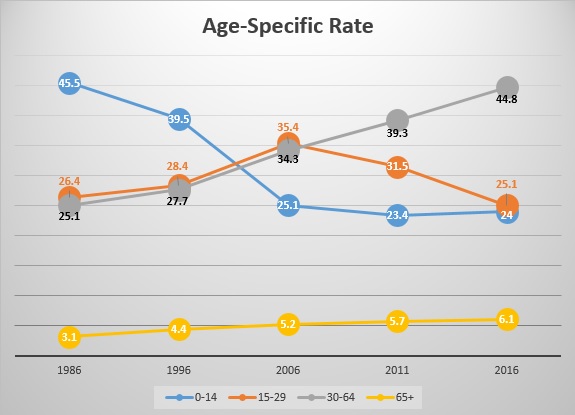Iran -the country located in the middle east, best known for the world with its history, and products like Carpets and pistachio, and newly its active role in the politics- is the world’s 18th most-populous country. Iran‘s population increased dramatically during the later half of the 20th century, reaching about 80 million by 2016 according to year’s Iran Census.
The history of Iran Census goes back to the year 1956, in which Iran had 18,954,704 residents. In the Chart below, you can see Iran’s population through these years based on Iran Census every 10 year:
Census Year |
Population |
1956 |
18,954,704 |
1966 |
25,785,210 |
1976 |
33,708,744 |
1986 |
49,445,010 |
1996 |
60,055,488 |
2006 |
70,495,782 |
2011 |
75,149,669 |
2016 |
79,926,270 |
Overall result of Iran Census
The average population growth rate is 1.24%,which has decreased from 1.94% in the previous Iran census. This average population growth in rural areas is -0.73% and it is ringing the bells.
The dependency ratio is 30.1%, of which 6.1% are 65+ years old. This is the first time in Iran census history, that the seniority of Iran has been more than 6%; and is the start to aging process. At the moment; median age of the population has grown to 31.1 years old; which was 29.8 years old. It is the first time that the median age passes the border of 30 years old.


